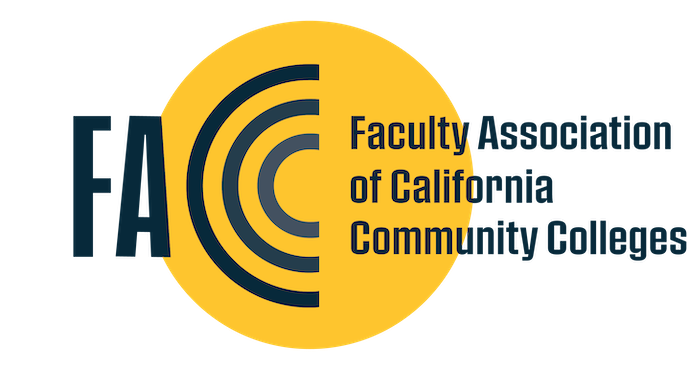It’s the first day of school. Your bag is packed, your syllabi printed, and you are ready to return to campus, perhaps for the first time since COVID-19. But wait, an atmospheric river and climate chaos have hindered your plans to return as they caused some of the worst weather-related damage in state history. You open your email expecting to learn your campus is closed, pivoting from in-person instruction to online for the safety of students, staff, and faculty. Instead, you receive a notification informing you its business as usual and cancelling classes will result in a loss of a sick day.
This was a reality for Foothill and De Anza College faculty heading back to campus for the start of the new quarter. To be candid, Foothill College ended up closing due to power outage, but De Anza College faculty were left wondering whether campuses have learned nothing about pivoting in a crisis.
The pandemic events of 2020 have shown us how campuses are able to pivot to online instruction in a state of emergency. While the initial product may not have been pretty, the online and hybrid curriculum created by faculty is lasting, and the students’ knowledge of navigating online education is a lasting benefit from the extended pandemic education years. According to research out of Purdue University & The National Center for Education Statistics, “85% of students think that online learning is the same or better than the traditional classroom experience,” and the same study reported, “Almost half of all students enrolled in online courses are educated exclusively through distance education.” The study is a clear indication that the desire to bring faculty and students back to campus for a less than desirable learning experience is not a decision driven by students.
Furthermore, campus administrators no longer have the excuse that faculty are not trained for virtual instruction or that classes do not have “online shells.” Usage of the Learning Management System Canvas has now become the norm at all California community colleges and faculty have spent over two years gaining experience with teaching in a virtual format. So, while some faculty might be lusting for a return to campus, most have curriculum and assignments prepared online that could have been utilized during California’s severe weather conditions at the start of 2023.
As community colleges design their version of a new normal, it is important to create nimble and flexible plans that allow for humane treatment of faculty, staff, and students in extreme situations, whether related to natural disasters or a state of pandemic. Campuses need to realize that forcing faculty, students, and staff to risk life, limb, and sanity in emergency situations is not something to be proud of but something that inflicts trauma and appears callous. Faculty and students have shown they can flex when needed, so campus leadership should be willing to put safety first and trust the faculty, staff, and students to pivot when needed.
